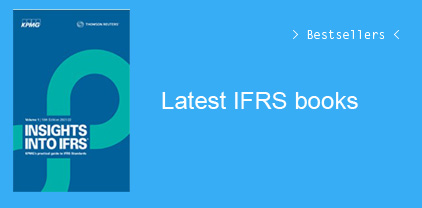The financial crisis has seen an unprecedented interest in accounting for financial instruments. In addition, the introduction of FRS 102 means that preparers of Financial Statements need to familiarise themselves not only with the definitions and scope of financial instruments and be able to apply the measurement requirements, but also be able to apply the new accounting disclosure requirements.
The new regime introduces changes which mean that many companies who previously did not have to account for financial instruments now have to. These include changes to measurement basis such as fair value vs amortised cost, specific definitions for debt vs equity and specific requirements for hedge accounting.
This book is the essential step-by-step guide to dealing with financial instruments, starting from the definition of a financial instrument, to the analysis of the relevant Section of FRS 102 to apply, and ensuring the correct accounting treatment is applied and the required disclosures are made.
The content includes:
- Definitions of financial instruments, understanding and applying them;
- A detailed look at Section 22 of FRS 102 which addresses the distinction between financial liabilities and equity and how to apply correctly;
- Basic financial instruments and Section 11 of FRS 102;
- Different classes of derivatives, why they still matter and what to look out for;
- Recognition and initial measurement of financial instruments in the context of Section 11 of FRS 102;
- Derecognition of financial assets and liabilities in accordance with Section 11 of FRS 102;
- Understanding Section 12 of FRS 102 which deals with "non-basic" more complex instruments;
- Initial and subsequent measurement of financial instruments and valuation techniques that can be used;
- The special case of hedge accounting covered by FRED 51 as well as FRS 102 and how to deal with this at the time of writing;
- Impairment losses under Section 11 of FRS 102, initial recognition and measurement of impairments as well as reversal of impairment losses;
- Future developments of the standard as International Financial Reporting Standards develop;
- General points on financial statements disclosure requirements in the context of both basic as well as non-basic financial instruments;
- Additional disclosures, alternatives to using Sections 11 and 12 of FRS 102 and reasons not to use the guidance in FRS 102.
The title is illustrated throughout with examples, helping you to understand potentially tricky aspects of this complex subject.
































